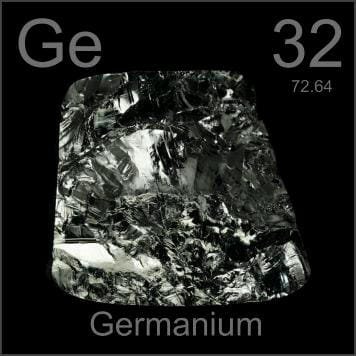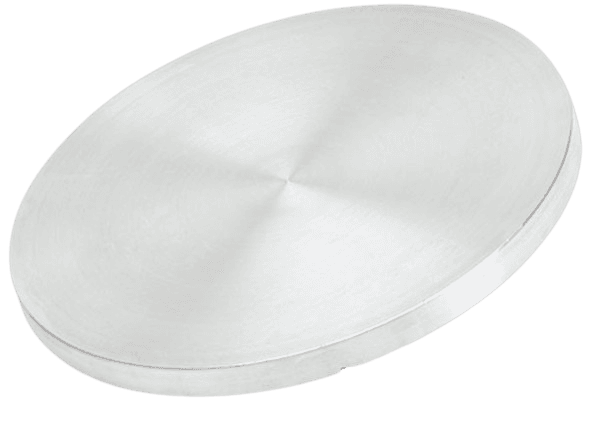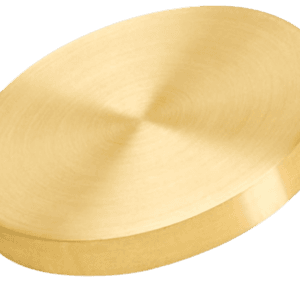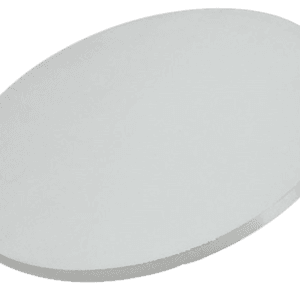Gold Germanium Sputtering Target Description
 Gold is a chemical element whose name comes from the Anglo-Saxon word *gold* (from the Latin *aurum*, meaning “glow of sunrise”). It has been used since before 6000 BC and was discovered by ancient peoples in the Middle East. The chemical symbol for gold is “Au,” and it is located in Period 6, Group 11 of the periodic table, within the d-block. Its atomic number is 79, and its relative atomic mass is 196.966569, with the number in brackets indicating the uncertainty.
Gold is a chemical element whose name comes from the Anglo-Saxon word *gold* (from the Latin *aurum*, meaning “glow of sunrise”). It has been used since before 6000 BC and was discovered by ancient peoples in the Middle East. The chemical symbol for gold is “Au,” and it is located in Period 6, Group 11 of the periodic table, within the d-block. Its atomic number is 79, and its relative atomic mass is 196.966569, with the number in brackets indicating the uncertainty.
 Germanium is a chemical element named after Germany, with the Latin name *Germania*. It was first identified in 1886 by A. Winkler. The chemical symbol for germanium is “Ge.” It is located in Period 4, Group 14 of the periodic table, within the p-block. Its atomic number is 32, and its relative atomic mass is 72.64, with the number in brackets indicating the uncertainty.
Germanium is a chemical element named after Germany, with the Latin name *Germania*. It was first identified in 1886 by A. Winkler. The chemical symbol for germanium is “Ge.” It is located in Period 4, Group 14 of the periodic table, within the p-block. Its atomic number is 32, and its relative atomic mass is 72.64, with the number in brackets indicating the uncertainty.
Like silicon, germanium is a semiconductor and is commonly used in the production of transistors and integrated circuits. It is frequently evaporated under vacuum conditions to form layers in optical storage media and optical coatings. Additionally, germanium serves as an alloying agent and catalyst in various applications.
Related Products: Gold sputtering target, Germanium sputtering target.
Gold Germanium Sputtering Target Specifications
| Material Type | Gold Germanium |
| Symbol | Au/Ge |
| Color/Appearance | Solid |
| Available Sizes | Dia.: 2.0″, 3.0″, 4.0″, 5.0″, 6.0″ Thick: 0.125″, 0.250″ |
We also offer other customized shapes and sizes of the sputtering targets; please Contact Us for more information.
Gold Germanium Sputtering Target Application
The Gold Germanium Sputtering Target is used in thin film deposition, decoration, semiconductors, displays, LEDs, and photovoltaic devices. It also plays a role in functional coatings, optical information storage, glass coatings (including automotive and architectural glass), and optical communication technologies.
Gold Germanium Sputtering Target Packing
Our Gold Germanium Sputtering Targets are clearly tagged and labeled for efficient identification and quality control. We take great care to prevent any damage during storage and transportation, ensuring the targets remain in optimal condition.





Reviews
There are no reviews yet.